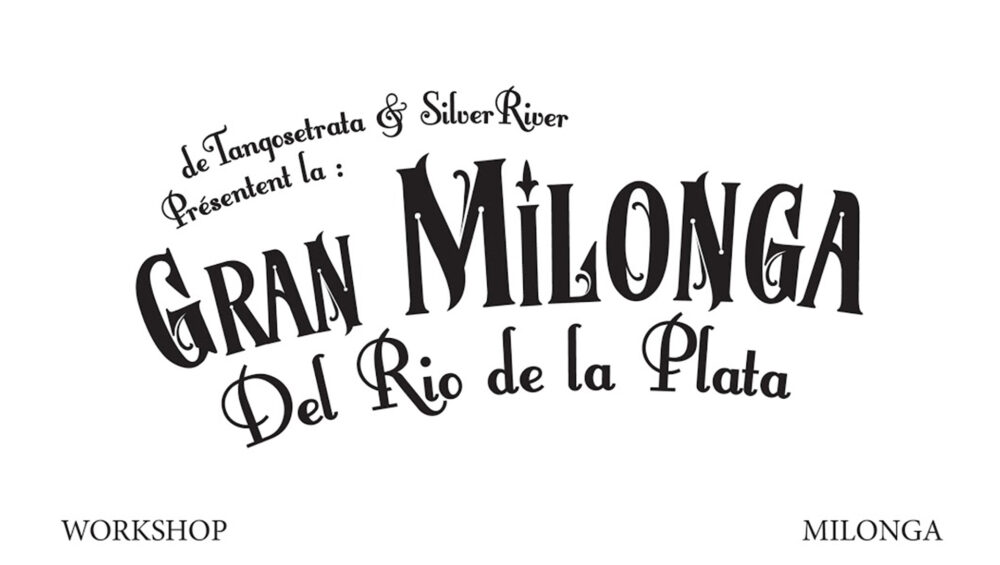Rio de la Plata is an estuary* in the south Atlantic that runs from the city of La Plata ((Argentina) to the city of Punta del Este (Uruguay); with a distance of 230 km. This estuary is maintained by the mouth of the Parana River and the Uruguay River. Three ports face commercial activities from the north of the city of Rosario with a river port on the banks of the Parana. At the mouth of this river, is the port of Buenos Aires, and further south in contact with the Atlantic is the deepest port of the silver river in Montevideo.
The etymology of the word “tango” is and has been a source of controversy.
What is true is that the word tango was used to refer to the “meeting places” used both in Africa, and in colonial America, like other words such as “canyengue”, “milonga” do have also their African origins. As far back as 1790 in the Buenos Aires lobby,the word”tango” was used to refer to the dance meetings of African slaves. In Montevideo it was used with a similar meaning since the dawn of 1800.
It should be added that Cuban ships stayed in these ports for several months to load salted meat, where they expressed their musical expressions as the habanera.
It is not a coincidence that in these two ports slaves were welcomed and byteriormente of the great European immigration between 1880 and 1920 (about 6 million men).
As a result of this immigration and its cultural amalgamation the tango was born, first in Buenos Aires, and at the same time a little bit later in Montevideo and Rosario.
Before 1880 the ratio of population between Montevideo was 2 for Buenos Aires and 1 for Montevideo, i.e. almost two million in BA and almost 1million in MTV.
Today that ratio is 15 million for the great Buenos Aires and 1.5 million for Montevideo.
This difference changed the importance of cultural and economic power. However, 5000 km south of the Argentine capital, inland, tango was not known, because it was a cultural phenomenon that is gestured and developed on the shores of the Rio de la Plata.
We find it fairer to talk about Tango in this way including all its protagonists and not restrict it to a country.
It is in that sense we call our brussels milonga “Milonga del Rio de la ‘Plata”
* the wide part of a river at the place where it joins the sea:
Written by Hugo godoy


